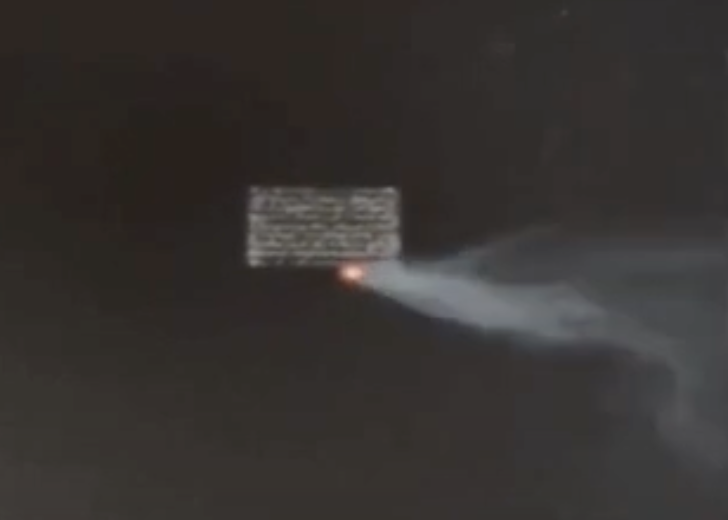This video (YouTube Apel Laser) shows a prototype system for laser texturing surfaces in order to give them properties that will reduce the likelihood that pathogens can be transferred between people using such surfaces. This prototype was developed by the project partner Apel Laser whose role in the ‘STOP’ project is both to develop laser processing techniques and equipment, and to help industrialise techniques developed by academic partners within the project such as the Bulgarian Academy of Sciences (who are using a different family of lasers to achieve the same goal). The project has begun to test how useful such textured surfaces are in preventing microbial transfer, initially by testing how well bacteria are killed or rendered inert when in contact with the new surfaces engraved into stainless steel.
The prototype uses femtosecond laser pulse durations, repeating eighty million times per second so that surfaces can be rapidly processed. The process parameters don’t simply roughen the surface, but rather create a carefully tuned set of structures with different length scales to create an environment hostile to pathogens (amongst other mechanisms by creating a self-cleaning super-hydrophobic surface).
At the same time, other project members have been testing surfaces that use nanoparticles to control the texture of the surface (and at the same time to provide chemical effects to discourage or kill pathogens). The project has just made the first samples that combine both of these approaches, hoping for a synergetic effect, and it is expected that the first conclusions about the best approaches will be available by spring 2024.

